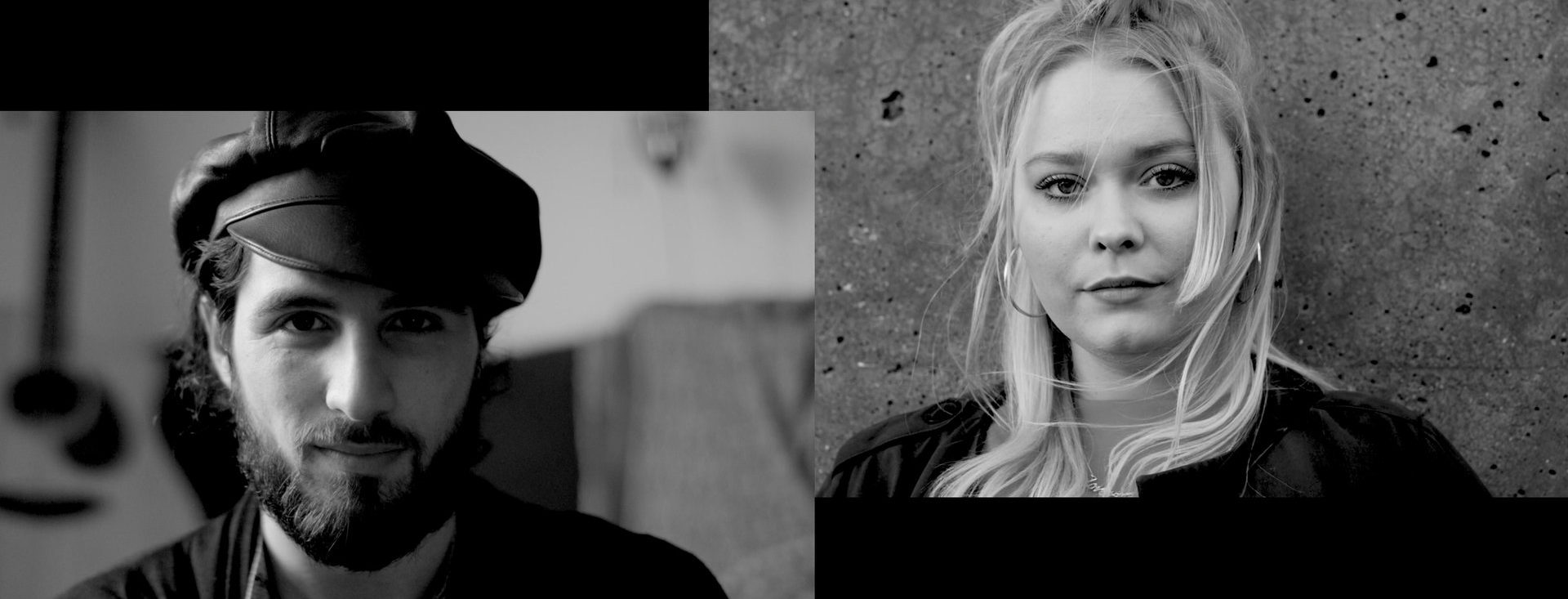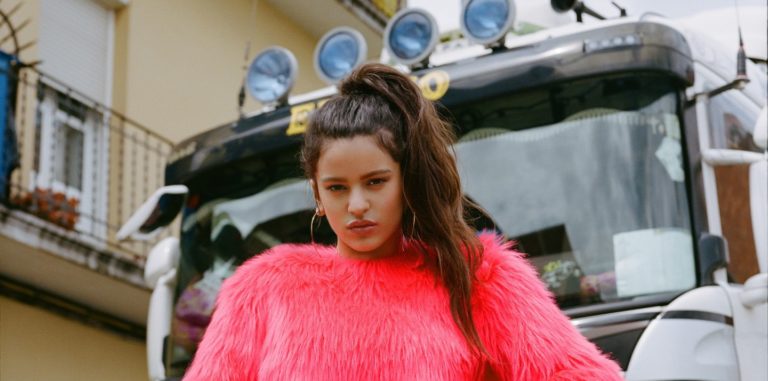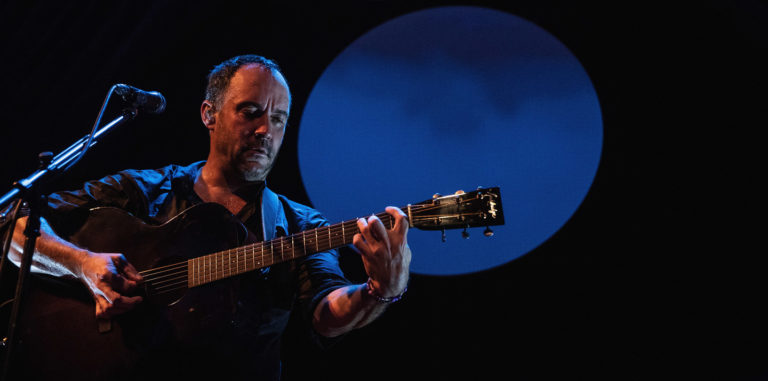
Sam and Moa Had Never Met, But Spotify’s Soundtrap Helped Them Create Something Awesome
It all started with a beat. Smooth, slinky, and undeniably chill, “Don’t Miss Me” has the sweet flow of any world-class pop hit. But if you haven’t heard of the new duo behind the song, $AMoA, it’s for good reason–they hadn’t even heard of each other until Soundtrap, Spotify’s new platform brought them together.
Moa Michaeli, a pop songwriter and artist, and Sam Alaish, a rock songwriter with a background in classical cello, live in different parts of Sweden. Using Soundtrap for the very first time, they came together remotely to create something reflective of both their talents.
“We were paired together by Spotify with the goal of writing a song using Soundtrap in three days,” Moa explains. “Sam and I had never met before. Before using Soundtrap, I’d never thought about the idea of working with someone who lives in a different time zone.”
With Soundtrap, we hope to help erase borders and make collaboration easy and accessible for artists and creators across the globe. For Sam and Moa, it was as natural as wearing pajamas on the couch—here’s more of what they shared with Spotify about working together.
How did “Don’t Miss Me” get off the ground?
Sam: We started off by talking on the phone. We talked about ideas and tried to find the right approach to get started. We decided who was going to do what. It all started with a beat, and that laid the groundwork for what the song became.
It’s hard to start with a blank canvas, but once you add just one element, it’s easy to go from there. After that, everything just flowed.
Have you collaborated with other people before?
Sam: Yes, but not remotely, and not with a stranger.
Moa: Exactly!
What’s the main difference between in-person and remote collaboration?
Moa: When you write in person, you can’t try your ideas out first before you present them to the people you’re working with. But when you work remotely, you can collect your thoughts and think things through before you present them.
Sam: You can present much bigger ideas.
Since you hadn’t met, did you find working together awkward or weird?
Moa: Not really. I was at home with a fever, so I was speaking to him from my couch while wearing pajamas. I felt pretty comfortable!
Sam: I felt bad calling Moa because she was so sick! But we had an initial comfort level. No communication problems.
Moa: I felt like I already knew him. That was pretty cool.
What was your experience using Soundtrap for the first time?
Moa: For me, collaborating in person can be a bit tricky, because I’m reserved and shy. Soundtrap helped me let go of my fears. This was my first time working to produce a song, and so Soundtrap felt like a game-changer.
How do you now use Soundtrap?
Sam: I’ve made some demos on it.
Moa: I use it for myself when I get an idea—I usually record a voice memo. But now I record it directly into the studio on Soundtrap. That makes it easier to invite someone to come work on it, or just use it myself to add a synthesizer, or a beat. It just keeps the creative process going.
How will Soundtrap change the way artists collaborate across the globe?
Sam: The more seamless you make things work for artists, and the more you create a flow, that helps allow you to work with anyone. Soundtrap gives you everything you need. So if you’re in New York, and another person is in Stockholm, Soundtrap makes it easier to just make things happen right now.
Would you work with each other again?
Sam: Yeah, I want to!
Moa: Yay! Let’s make it happen.
Ready to make your own hit collaboration? Try Soundtrap today at Soundtrap.com.







